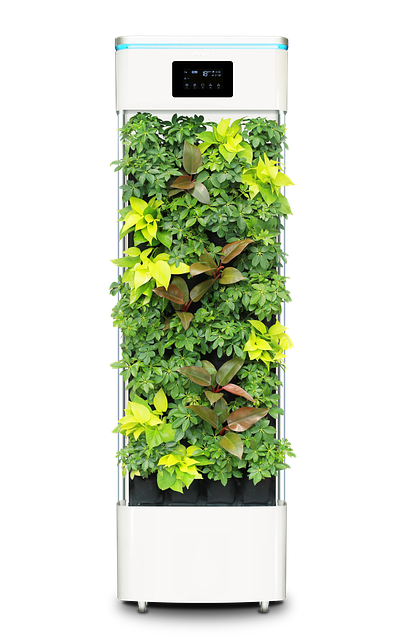Contributed by AFFLINK
As they struggle to reopen, many facilities are turning to UV-C air purifiers to remove airborne contaminants, including the pathogens that cause coronavirus.
According to the Centers for Disease Control and Prevention (CDC), these devices can be used in “many different settings, such as residential, commercial, educational, and healthcare. The technology uses ultraviolet (UV) energy to inactivate (kill) microorganisms, including viruses, when… installed correctly.”
It’s this last point that causes some concern. Many times, UV-C air purifiers are not installed correctly in offices and schools. This can reduce their effectiveness by as much as 50 percent.
To help prevent this from happening, Gretchen Friedrich with AFFLINK, which markets UV-C air purifiers, recommends the following:
1. Place larger air purifiers three to five feet off the ground, or they can be mounted on a wall; smaller units can be placed directly on a desk or counter.
2. Placing near a doorway helps the UV-C system capture airborne impurities, so they are not inhaled by those in the work area.
3. Doors, however, should remain closed as much as possible. “‘Fresh air’ often brings in pollen, dust, and pollutants from the outside along with contaminants,” adds Friedrich.
4. Similarly, UV-C air purifiers can be placed near windows; “once again, the air purifier helps capture impurities before they contaminate a room.”
5. Never place a UV-C air purifier behind furniture. This can significantly reduce the system’s effectiveness.
6. Never use two different types (brands) of air purifiers in the same area; they should all be manufactured by the same manufacturer to work most effectively.
7. Avoid placing air purifiers near electrical devices such as copiers. Electrical interference can result.
“There is also the issue [as to] how many UV-C air purifiers are necessary for a work area,” says Friedrich. “It’s based on several factors, including room dimensions. Consultation with a reputable UV-C distributor can help determine how many systems are needed in a specific setting.”
For more on this topic, check out this article on the development of an autonomous UV-C robot.
Disclaimer: Please note that Facebook comments are posted through Facebook and cannot be approved, edited or declined by CleanLink.com. The opinions expressed in Facebook comments do not necessarily reflect those of CleanLink.com or its staff. To find out more about Facebook commenting please read the Conversation Guidelines.
Industry News & Trends
Industry Training & Events
Advice from the Field
Insights & Updates
Source: https://www.cleanlink.com/news/article/Where-To-Place-UV-C-Air-Purifiers–27629









